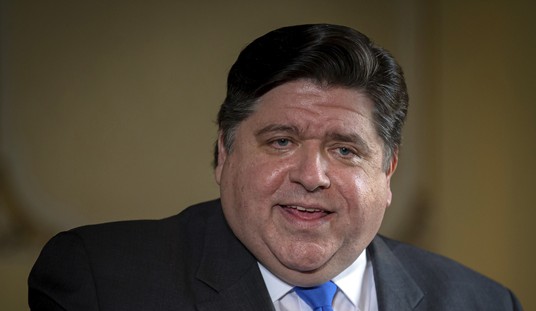The State Department has made a number of pledges of transparency lately. What’s mainly clear so far is that these pledges don’t actually translate into much in the way of … well, transparency.
In my previous post, that observation applied to State’s appointment of a “Transparency Coordinator,” a move apparently meant to cope with the rigors of officially revisiting Hillary Clinton’s emails. This time, the non-transparent pledge of transparency involves a State Department briefing on the Iran nuclear deal.
Some background on background briefings: One hallmark of the nuclear negotiating process , as the Iran talks dragged on for almost 17 months, past three extended deadlines, was the ritual of anonymous U.S. senior administration officials providing background briefings to the press. Of course the reporters on the scene were privy to who those officials were, but to be admitted to such briefings you must play by the rules — and the rules were that the public was not to be told who those officials actually were.
The tradeoff, the bargain struck, is that information is provided on condition of anonymity for the person doing the briefing. Only generic identification is given, for instance: “a senior administration official.” When the stories are written up, the public can guess who that might be, but there is no confirmation. It is the generic “administration” that has spoken.
The result of such rituals is that while the reporters emerge with an official account, the official, or officials, who gave it to them are less accountable than if their names were attached to their remarks. No individual official can be held directly responsible for what was said. Instead, it is the disembodied voice of officialdom that has spoken.
To be clear, that’s not unusual in diplomatic settings. It’s routine practice, when a reporter conducts a one-on-one interview with a diplomat, that the interview is on background, attributed to a spokesperson, an official, or some such generic label. For press briefings in the thick of the nuclear negotiations, perhaps it was at times defensible to keep things on background, so the American negotiating team could more easily coordinate its approach — though even there, I’d argue that more of the remarks to the press should have been made on the record, attributable to the officials who made them.
But surely by now the time for real transparency and clear attribution has not only arrived — it is way overdue. Accountability at every step of the interpretation, implementation and monitoring of this deal ought to be a top priority, not least for an administration that has been telling the public to put its trust in a terrible bargain.
After a summer of lobbying the Senate not to vote on the deal at all, Obama is rolling ahead with this tome of an agreement, the Joint Comprehensive Plan of Action. On Thursday, Secretary of State John Kerry announced the appointment of a Lead Coordinator for Iran Nuclear Implementation: a career State Department officer, most recently ambassador to Poland, Stephen D. Mull. The JCPOA text (apart from the secret side deals) has been enshrined at the UN since July 20th, as Annex A of United Nations Security Council Resolution 2231, since the Obama administration rushed it to the UN while Congress was just beginning its 60-day review.
But one of the problems with the Iran deal — whether you favor it or not (I do not) — is that it is a Rube Goldberg contraption of the worst kind; a foreign policy cousin to the Affordable Care Act. The bottom line is easy to see: It is a grand giveaway to Iran. But perhaps for that very reason, clarity is not one of its features. The JCPOA is insanely complex in its details and vague in many of its applications. After umpteen congressional hearings, think-tank reports, news articles, op-eds and Washington panels trying to figure out what it really is and how exactly it is supposed to work (or not work), questions still abound.
So, it was a welcome move when the State Department offered a teleconference press briefing on Sept. 17th to provide further details on what comes next with the Iran nuclear deal, and answer more questions about how it is actually supposed to work. But, as it turns out, there is still no direct attribution. We are still in the realm of background briefings by anonymous officials. In this case, three of them (Senior Administration Officials One, Two and Three).
The briefing wound down with “Senior Administration Official One” saying “we’re going to be absolutely committed as a government as we go forward in implementing it in being transparent about what we are doing…it is absolutely essential to our effort that we keep things transparent to the extent we can and open.”
Then came the “Moderator,” concluding the briefing with a reminder to the press that the briefing was all on background, no attribution — including to the official who had just promised transparency — except as “senior Administration officials.” Yep, folks, those are the rules. But why?









Join the conversation as a VIP Member